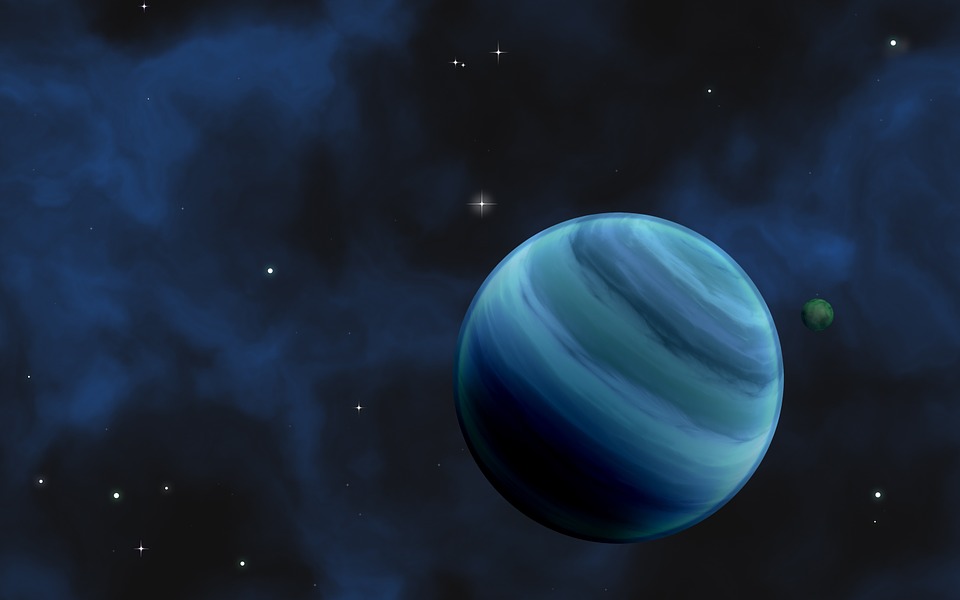When it comes to determining if a distant or nearby planet is habitable, scientists usually search for the fundamental elements found in Earth’s atmosphere in the atmospheres of these other planets. However, a new study suggests a new way of determining whether an exoplanet is habitable or not, therefore reshaping what would define a habitable planet.
Express reports that a study conducted by researchers from MIT suggests that exoplanets that have atmospheres that are abundant in hydrogen could also be habitable. Their findings, which are published in Nature Astronomy, revealed that microorganisms could actually survive and thrive in an atmosphere that is completely made up of hydrogen. The findings also suggest that living beings can actually thrive in more exoplanetary environments than what was usually known.
According to Professor Sarah Seager, who led the study, biologists have already found that organisms could really thrive in atmospheres that are predominantly made up of hydrogen. However, Professor Seager also added that it is likely that biologists may not have expected this result from a hydrogen atmosphere because the element is not known for being toxic to living beings. From the experiments Professor Seager and her team conducted, they found that the living microorganisms were not getting their energy from the atmosphere but from the liquid culture that they were steeped in.
“Rocky planets with hydrogen atmospheres would be easier to study than atmospheres with Nitrogen or carbon dioxide atmospheres because hydrogen is a light gas and creates an expansive atmosphere,” said Professor Seager.
In other related news, it was previously reported that the Kepler space telescope from NASA’s discoveries of exoplanets similar to Earth could be of help in searching for life beyond Earth. A study that was published back in August of 2019 found that as the Kepler telescope has discovered many exoplanets of various shapes, sizes, and environments, scientists could be able to use the findings to help shape future missions and further studies of planets that could potentially be habitable.
The Kepler telescope discovered over 2,600 exoplanets orbiting hundreds of thousands of stars during its nine-and-a-half year run.



 NASA and SpaceX Target Crew-11 Undocking From ISS Amid Medical Concern
NASA and SpaceX Target Crew-11 Undocking From ISS Amid Medical Concern  FDA Lifts REMS Requirement for CAR-T Cell Cancer Therapies
FDA Lifts REMS Requirement for CAR-T Cell Cancer Therapies  Neuralink Expands Brain Implant Trials with 12 Global Patients
Neuralink Expands Brain Implant Trials with 12 Global Patients  Trump Administration to Launch Autism Initiatives Targeting Acetaminophen Use and New Treatment Options
Trump Administration to Launch Autism Initiatives Targeting Acetaminophen Use and New Treatment Options  Neuren Pharmaceuticals Surges on U.S. Patent Win for Rare Disorder Drug
Neuren Pharmaceuticals Surges on U.S. Patent Win for Rare Disorder Drug  Ancient Mars may have had a carbon cycle − a new study suggests the red planet may have once been warmer, wetter and more favorable for life
Ancient Mars may have had a carbon cycle − a new study suggests the red planet may have once been warmer, wetter and more favorable for life  Trump Signs Executive Order to Boost AI Research in Childhood Cancer
Trump Signs Executive Order to Boost AI Research in Childhood Cancer  Lost in space: MethaneSat failed just as NZ was to take over mission control – here’s what we need to know now
Lost in space: MethaneSat failed just as NZ was to take over mission control – here’s what we need to know now  Tabletop particle accelerator could transform medicine and materials science
Tabletop particle accelerator could transform medicine and materials science  NASA Astronauts Wilmore and Williams Recover After Boeing Starliner Delay
NASA Astronauts Wilmore and Williams Recover After Boeing Starliner Delay 































